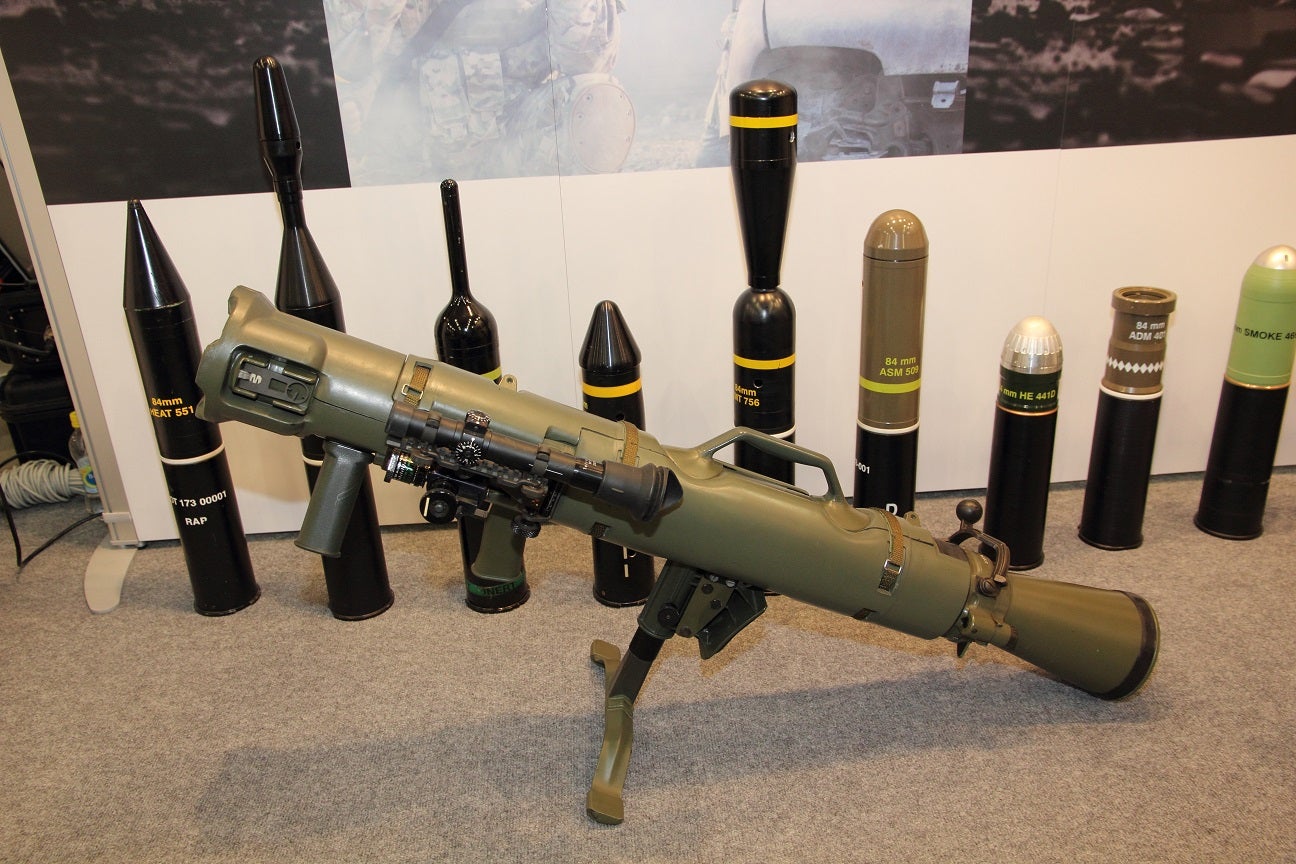
The early fighting in the Second Sino-Japanese War beginning with small-scale actions in the early 30s also molded Japanese doctrine. The Imperial Japanese Military had gained experience in the earlier Sino-Russian War and through observers, during the Great War or World War I. To better understand the necessity for adopting such a weapon as the Type 97, the operational requirements for the time period must be discussed. Even more questionable was the need or actual application for such a system in the close quarter jungle warfare that encompassed the War in the Pacific. Similar weapon systems would utilize wheels or skis to aid in movement. The utility of this weapon system was questionable at best, as it weighted some 150lbs and required a three to four man crew to carry it. However, one of the strangest was a massive 120-150lbs 20mm semi-automatic anti-tank rifle known as the Type 97. Imperial Japan was notorious for producing some of the strangest small arms of the Second World War, not least for taisensha sento (anti-tank warfare). Machine guns fed by stripper clips and machine guns (and submachine guns) with bayonets are two of the better-known examples. This article was originally published on April 16, 2014.

Brought to you today by the Proven Arms & Outfitters QPP: Qualified Professional Program.


 0 kommentar(er)
0 kommentar(er)
